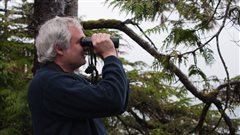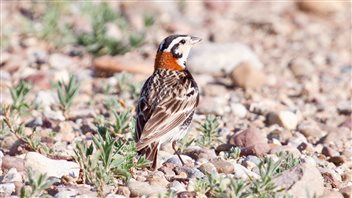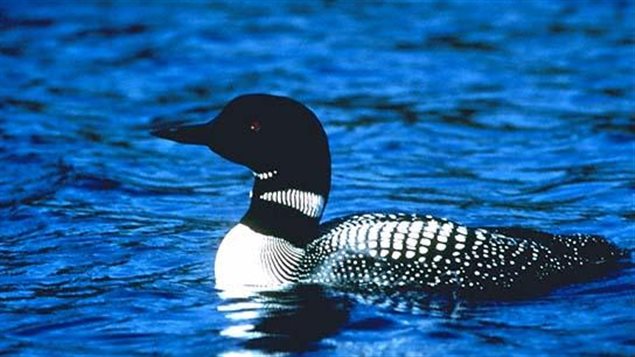The Audubon Society has just released a new report showing the major affect climate will have on north American birds. As warming occurs, the climate ranges- the overall region and conditions the birds have adapted to- will change.
In some cases the range will more north, in other areas where birds have a more specific environment, their range may shrink dramatically or disappear altogether.
Jeff Wells is Senior scientist for the Boreal Songbird Initiative, and science advisor to the Pew Charitable Trust Boreal Conservation Campaign.
ListenThe report says that more than half of the 588 bird species studied are likely to be in trouble in coming decades, while 314 species would lose more than 50% of their current range by 2080.

The models predict hotter and drier climates for the central and southern areas of the US, and much the same for the central prairie areas of Canada.
Global warming means that the northern edge of many bird ranges will expand north, while the southern edge retracts. Birds that can’t move northward will diminish and die out. Other ranges will simply shrink.
Some bird species are already showing steep declines — populations of the Canada warbler, rusty blackbird and olive-sided flycatcher have already declined by more than half, Audubon noted in a news release. A 2012 study found a 12 per cent drop in Canadian bird populations since 1970.
Wells says that as the warming extends north many species will move into areas already occupied by other species leading to unexpected competition meaning some species may lose out. This further increases biodiversity loss.
Ted Cheskey, Manager of Bird Conservation programs with Nature Canada speaking on CBC radio says, while warming is adding its own pressures with added heat, and wetlands drying up, an added pressure will be the unpredictability of weather, with more weather extremes and unexpected extremes at unusual times.

He also notes that many southern wintering grounds, which are part of the range of migrating birds, will change as well becoming non-viable in future decades.
Meanwhile Jeff Wells says we’re already seeing birds who live habitually in southern portions of the continent now making appearances in Canada, just as the models predict.
He notes that preserving Canada’s boreal forest is vital for many reasons but notes that for those birds which are able to adapt and move north, it is critical that large areas of Canada’s Boreal forest remain intact in order to accommodate both current species squeezed into a smaller space, as well as new species being forced north.







For reasons beyond our control, and for an undetermined period of time, our comment section is now closed. However, our social networks remain open to your contributions.